In August of 2016, I made the choice to “come home” after 7 years in Orlando, Florida. I crammed what I could into a Honda Civic, gave away my remaining IKEA furniture, and began a solo mission driving across the nation.
Along the way, I stopped at Elvis Presley’s Birthplace, The Clinton Library, and The Oklahoma City National Memorial. I saw a place called the Helium Monument, and saw Cadillacs stuck at maybe 77º angle in the mud in a field off the highway – a place called Cadillac Ranch. I stuck my toe in the Mississippi, took in the air of the Ozarks, and also… stopped for lunch in Downtown Birmingham, Alabama.
It was a Sunday. I know this because when I was looking at the parking meter, a man hollered over to me “Free on Sundays.” This man had nothing to do on a muggy August day, and started pointing out sites within eye-shot. After one or two things, I walked over to him to have a longer conversation. Because Jesse told me he was 6 years old in 1964, I can report that he is in his sixties now. The reason I know that is because he recalled, as a six year old, the bombing of the 16th Street Baptist Church. This bombing killed four innocent young black girls just a touch older than he was. We were maybe 100 yards from the church. He said he didn’t go to that church often, but sometimes, if his church was full, or if he was going with another family he might go to the 16th Street Church. He pointed to a bench and told me that he knew people arrested for sitting on it because it used to be a “whites-only” bench. He walked with me through the park I had pulled up next to, and showed me a truly chilling memorial. The sidewalk took us through enclosing leashed dogs seemingly jumping at us. The statue was dark, and sinister, and was frightening to walk through.
All of this is to say: here I was–college-educated, someone who took AP classes in high school– shocked by my own shock. A lot of this I was taking-in in Birmingham seemed new. I suppose I did know there was violence in Birmingham in the 60’s. I had heard about the dogs and the water hoses before; however, I had never really processed those realities. I didn’t know how to relate. It was a touch surreal.
And, really, all of this is say: Every teacher should be teaching about Black American History. We are all civics teachers. We are educating the future of our country and community. I know, we do a lot. But we can’t “trust” a student “got it” in 7th grade history. We can’t be sure their junior year will be impactful. For any number of reasons, the history class unit may not be “enough” when it comes to illuminating the dark realities of our nation. We need to mention it often. We need to plan activities and assignments that help the students feel.
As a nation, we take a day off to remember this one man: Martin Luther King Jr. We cannot leave the burden of The Civil Rights Movement, Martin Luther King Jr., John Lewis, and other black history to our American history colleagues– they too have a full schedule of content they “must” fit into the semester also.
I recall my first year teaching feeling like I was going rogue to include analysis of Martin Luther King’s I Have a Dream. I have seen people online warning others: Don’t quote MLK, if you haven’t ____. If you haven’t ____, don’t mention him today. As a well-meaning, but unsure white teacher, it can feel.. intimidating. We do not want to overstep, oversimplify, or “make a mistake.” I think the sentiment of the online warnings is really just asking us to be authentic. Do not be hypocritical throughout the year with biased content selection, uneven expectations, inequitable treatment, and then make ourselves feel less guilty on the Tuesday after January’s third Monday. I think the sentiment continues: do not cherry pick what you are going to quote. Do not oversimplify a powerful man by taming him into a white-washed version that is more palatable.
It is really easy to skip a Civil Rights Movement, Black Lives Matter, or Martin Luther King Jr. class discussion or lesson. There are many reasons someone who wants to do more can fall short. Sometimes we worry that we will not do him justice, so it is better to avoid it. But, especially when we center student voice in our classroom, it is easy to allow yourself to be visibility curious and unsure with your students. When questions are asked, we can look it up, or ask for other insights. We do not need to be experts to have an impact in our classes.
While I just said it is probably best to not cherry pick his quotes, I do want to provide a common refrain coming from Dr. King’s college stump speech. After explaining that the greatest mountain is yet to be climbed, he told the student, “We must keep moving. If you can’t fly, run; if you can’t run, walk; if you can’t walk, crawl; but by all means keep moving.” (Spelman College, April 1960).
As I said, it can be intimidating, and maybe next year you will do better. And maybe you feel like you are not perfect, but we have to start somewhere.
For some, you may feel like you need to take a small step, for some you may want to rework. For others, you may realize you’ve been teaching a unit, but not applying his message all year long. Wherever you are on this spectrum, don’t be afraid to “Keep Moving.”
I’ve often written about my struggles and apprehensions with teaching a diverse group of students here on the blog. I think I’ve always know to “Keep Moving,” and maybe I’ll never fly, but I certainly am a lot higher up that mountain top than I was before I pulled into Birmingham that Sunday in 2016.
Where are you on that mountain? Do you have any tips for other teachers? How can you fit Black History, or Martin Luther King Jr. into your content area? Let us know in the comments below!

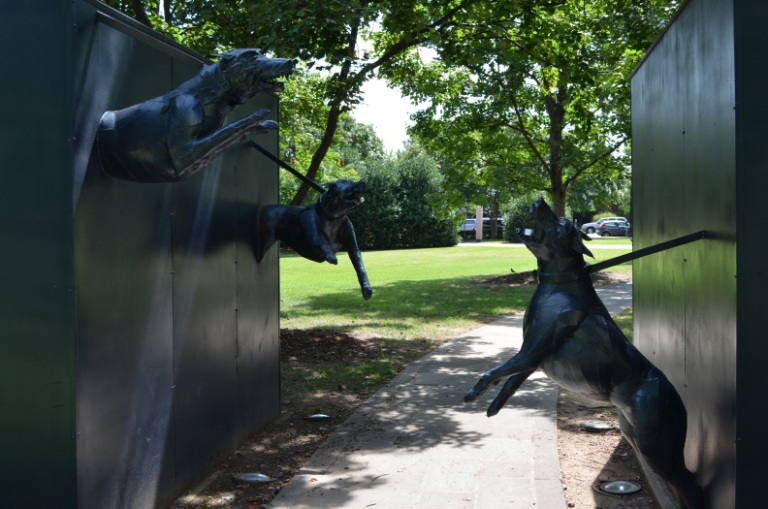




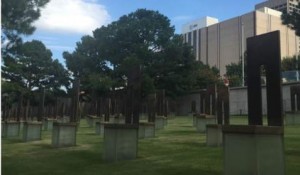


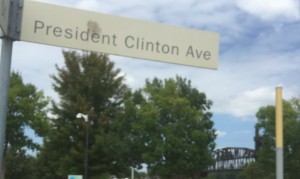
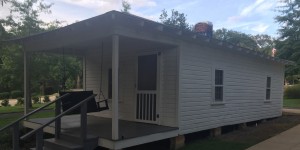

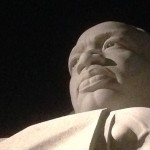

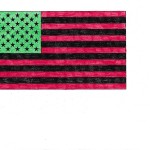

Comments 4
What a powerful story! First, there is nothing like driving cross country and taking the time to meet, listen, and speak with people. America’s history is a rich one. We often think of those heroic moments and have a tendency to gloss over those despicable times that do not end well, or worse, do not have an ending. I think our history books leave out important points in time. I would like to think that it is because there is only so much space in a textbook or a set of standards but I have come to realize that this nation would rather not grapple with parts of its painful past. I was stunned to just recently learn about Black Wall Street. How did I not ever learn that? And, the story you tell was from the 60s not that long ago and yet we see it in today’s news all the time. You are right…now more than ever, this is a time where we are all civics and history teachers. We owe to not only future generations but ourselves.
Author
The trip was quite eye-opening indeed!
I keep learning about horrific truths all the time. I do my best to rectify and insert tough discussion topics, but you’re right: there is a struggle to “fit it all.”
One of the most compelling things I found in teaching students about the march in Birmingham was the role of young people. When I learned this in high school, I don’t think I fully realized that I was looking at kids my own age in the pictures in my textbook. When students can see the connection between the work students do now to the work that previous generations did in the name of rights, they understand the critical role that young people play in moving the nation forward.
Author
Yes – this year, since I am teaching Journalism, I found a video explaining King’s command of media. They talk at length about the strategy of using teenagers. Many of my students commented that the teens were not being “used;” rather, the teens were enlisted to help in a battle that affected them as well. They liked the approach, and wish more people included them in causes today.